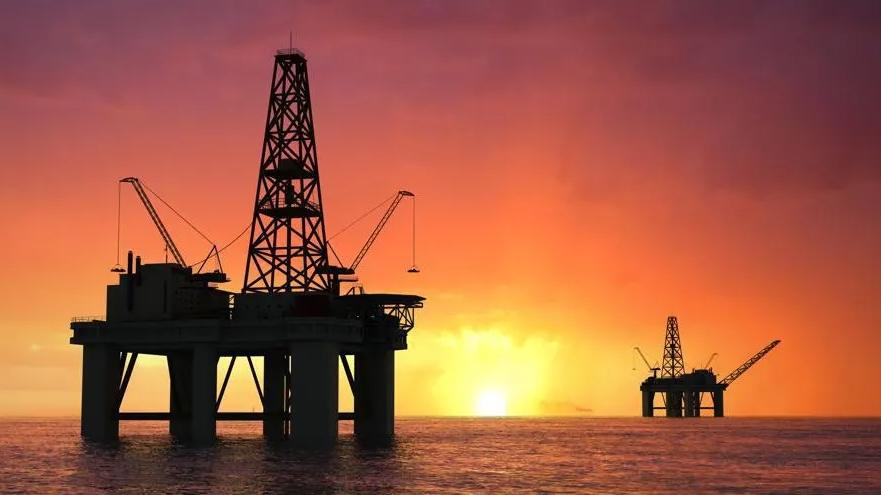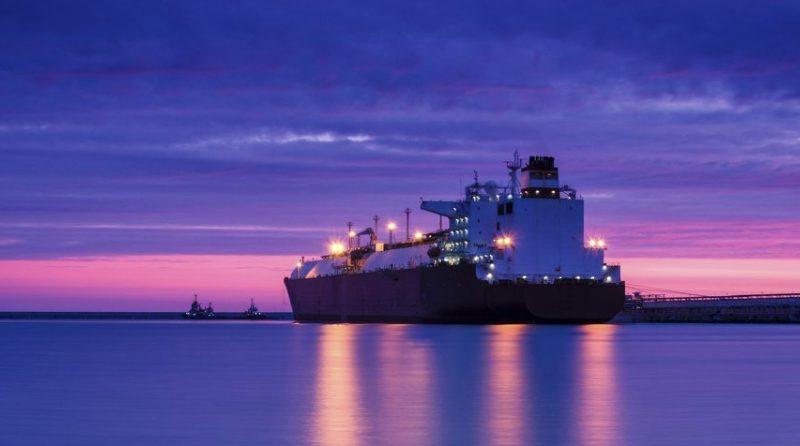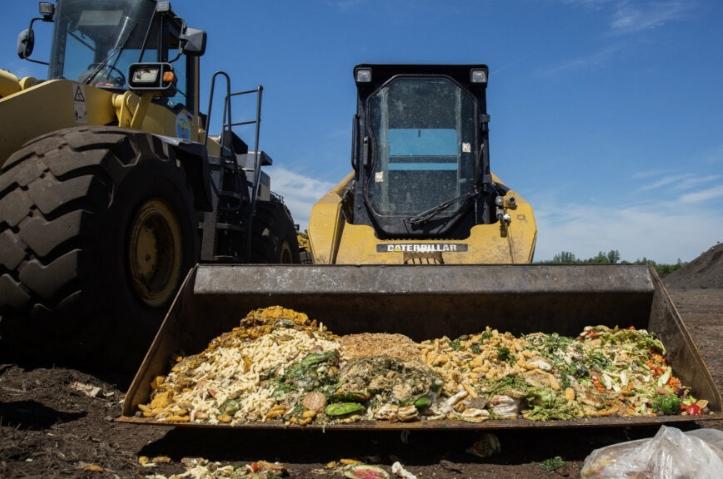Despite the Federal Reserve’s steps to counteract inflation, this fall, American consumers are grappling with soaring gasoline prices. In the backdrop, a 30% uptick in Brent crude oil prices over the past three months has positioned them near $93 per barrel, a peak not witnessed since November 2022. Consequently, gasoline prices have ascended by 13.6 cents per gallon, reaching an average of $3.80 per gallon nationally.
Inflation and Energy Prices
The U.S. Consumer Price Index (CPI) recorded a 0.6% monthly increase in August, with the surge in energy prices being a significant contributor. A detailed look reveals a 5.6% monthly and 10.6% July-to-August increment in energy and gasoline prices, respectively. Amidst the highest interest rates in over two decades and the Federal Reserve Chair Jerome Powell’s positive outlook on inflation containment, the persistently rising fuel prices are a source of growing concern.
International Oil Dynamics
Key oil producers, including Saudi Arabia, have initiated production cuts and inventory reductions. This move coincides with a booming transportation demand in China following its emergence from pandemic-induced lockdowns. In contrast, U.S. oil and gas corporations exhibit hesitancy in escalating production levels, a restraint instigated by prior experiences of supply excesses.
OPEC’s Strategy
Saudi Arabia’s announcement to prolong its daily production cuts of 1 million barrels underscores the central role of OPEC in the escalating oil prices. Furthermore, a committed reduction of daily oil output by 300,000 barrels from other significant oil-producing nations amplifies this effect.
“The ‘swing producer’ of OPEC is committed to higher oil prices to balance its fiscal budget and fund its diversification efforts via their Vision 2030 fund,” notes Gargi Chaudhuri, head of iShares Investment Strategy Americas.
Strong Demand Persists

The U.S. economy, showing resilience and outperforming expectations, has resulted in an amplified energy demand. Despite a hawkish stance by the Federal Open Market Committee (FOMC), anticipations of enduring elevated interest rates, and the projection of an additional rate hike before year-end, the U.S. GDP marked a 2.1% augmentation in Q2.
Asian Market’s Role
Asia, with China at the forefront, is instrumental in the global energy demand dynamics. Even as China’s economic upswing has not met anticipations, its lifting of lockdown measures has catalyzed a surge in its service and travel sectors, intensifying transportation fuel consumption. Francisco Blanch of Bank of America states:
“While industrial activity and real estate are weak, transportation trends in China remain rather positive, keeping petroleum fuel export quotas low and Asian product markets relatively tight.”
U.S. Production Cautiousness
A distinctive cautious approach is observed among U.S. oil corporations in the wake of rising oil prices, a deviation from their historical aggressive production amplification responses. The existing count of operational U.S. oil rigs has receded to its lowest since February of the previous year. This cautiousness is attributed to the lessons learned from the catastrophic impacts of abrupt oil price plunges experienced in 2014 and during the COVID-19 pandemic in 2020.
Navigating the Future
With U.S. oil refiners projecting about 1.7 million bpd of refining capacity to be offline towards the end of September, escalating to 1.9 million bpd in the following week, the prospect of relief for U.S. motorists appears bleak. Jack Janasiewicz of Natixis highlights the necessity of vigilance, expressing:
“Vigilance is essential, as a rapid ascent to $100 per barrel could spell trouble for risk assets.”
The Biden administration is under scrutiny to mitigate the climbing oil and gas prices. However, a delicate balance is essential, given the administration’s emphasis on climate change and environmental preservation, highlighted by the recent prohibition of drilling on extensive acreages of Alaska’s National Petroleum Reserve.



